The formic acid market in South Korea is characterized by a competitive landscape that is increasingly shaped by innovation, sustainability, and strategic partnerships. Key players such as BASF SE (Germany), Eastman Chemical Company (US), and Mitsubishi Gas Chemical Company, Inc. (Japan) are actively pursuing strategies that enhance their market positioning. BASF SE (Germany) focuses on expanding its product portfolio through sustainable practices, while Eastman Chemical Company (US) emphasizes digital transformation to optimize its operations. Mitsubishi Gas Chemical Company, Inc. (Japan) appears to be investing in regional expansion to capture emerging market opportunities, collectively contributing to a dynamic competitive environment.
The market structure is moderately fragmented, with several players vying for market share. Key business tactics include localizing manufacturing to reduce costs and enhance supply chain efficiency. This approach not only allows companies to respond swiftly to market demands but also fosters a competitive edge through improved customer service. The collective influence of these major players shapes the market dynamics, as they leverage their strengths to navigate challenges and capitalize on growth opportunities.
In October 2025, BASF SE (Germany) announced a strategic partnership with a local South Korean firm to develop eco-friendly formic acid production methods. This collaboration is significant as it aligns with global sustainability trends and positions BASF as a leader in environmentally responsible manufacturing. The partnership is expected to enhance BASF's operational capabilities while addressing the increasing demand for sustainable chemical solutions in the region.
In September 2025, Eastman Chemical Company (US) launched a new digital platform aimed at streamlining its supply chain processes. This initiative is crucial as it reflects the company's commitment to leveraging technology for operational efficiency. By enhancing visibility and responsiveness within its supply chain, Eastman is likely to improve its competitive stance in the market, catering to the evolving needs of its customers.
In August 2025, Mitsubishi Gas Chemical Company, Inc. (Japan) expanded its production capacity in South Korea to meet the rising demand for formic acid in various applications, including agriculture and textiles. This strategic move underscores the company's proactive approach to market demands and its intent to solidify its presence in the region. By increasing production capacity, Mitsubishi is well-positioned to capture a larger market share and respond effectively to customer needs.
As of November 2025, the competitive trends in the formic acid market are increasingly defined by digitalization, sustainability, and the integration of advanced technologies. Strategic alliances are becoming more prevalent, as companies recognize the value of collaboration in enhancing their competitive edge. The shift from price-based competition to a focus on innovation, technology, and supply chain reliability is evident. Moving forward, companies that prioritize these aspects are likely to differentiate themselves in a crowded marketplace, ensuring long-term success.


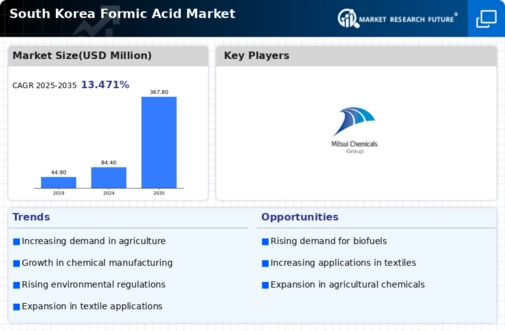

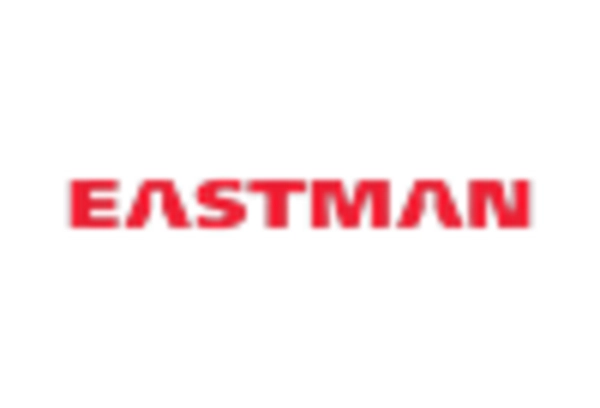
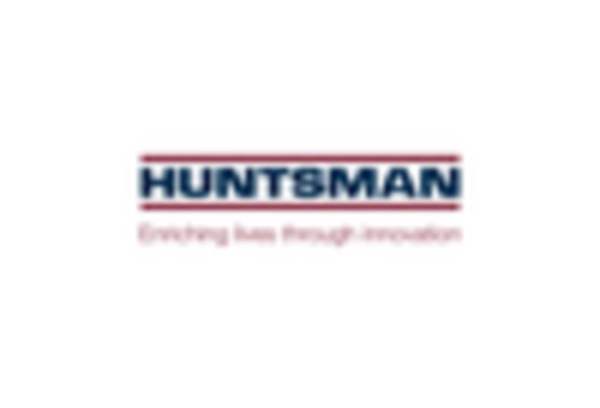
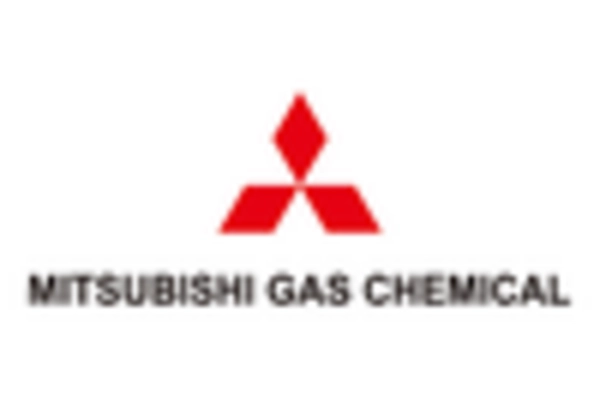
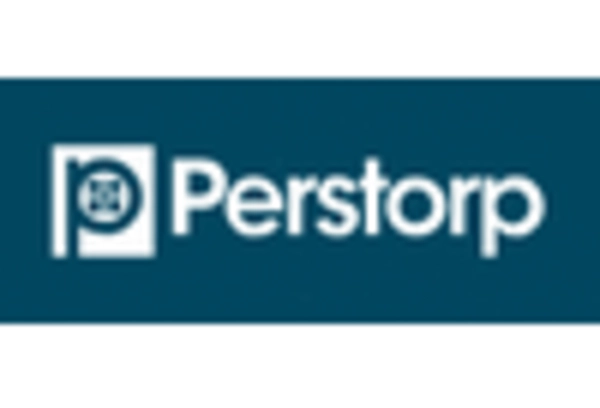
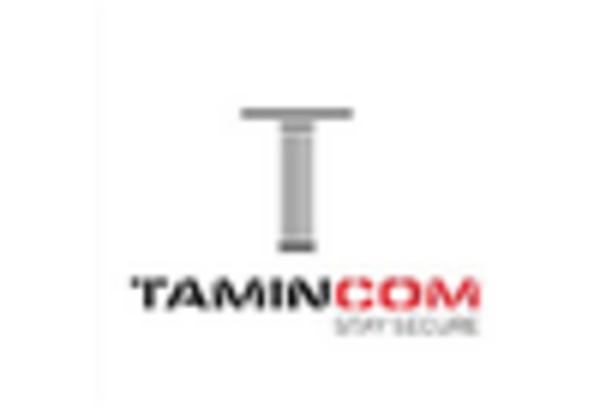








Leave a Comment